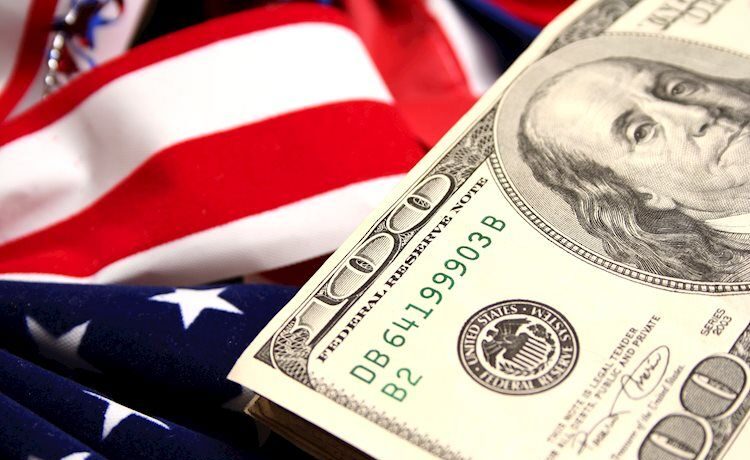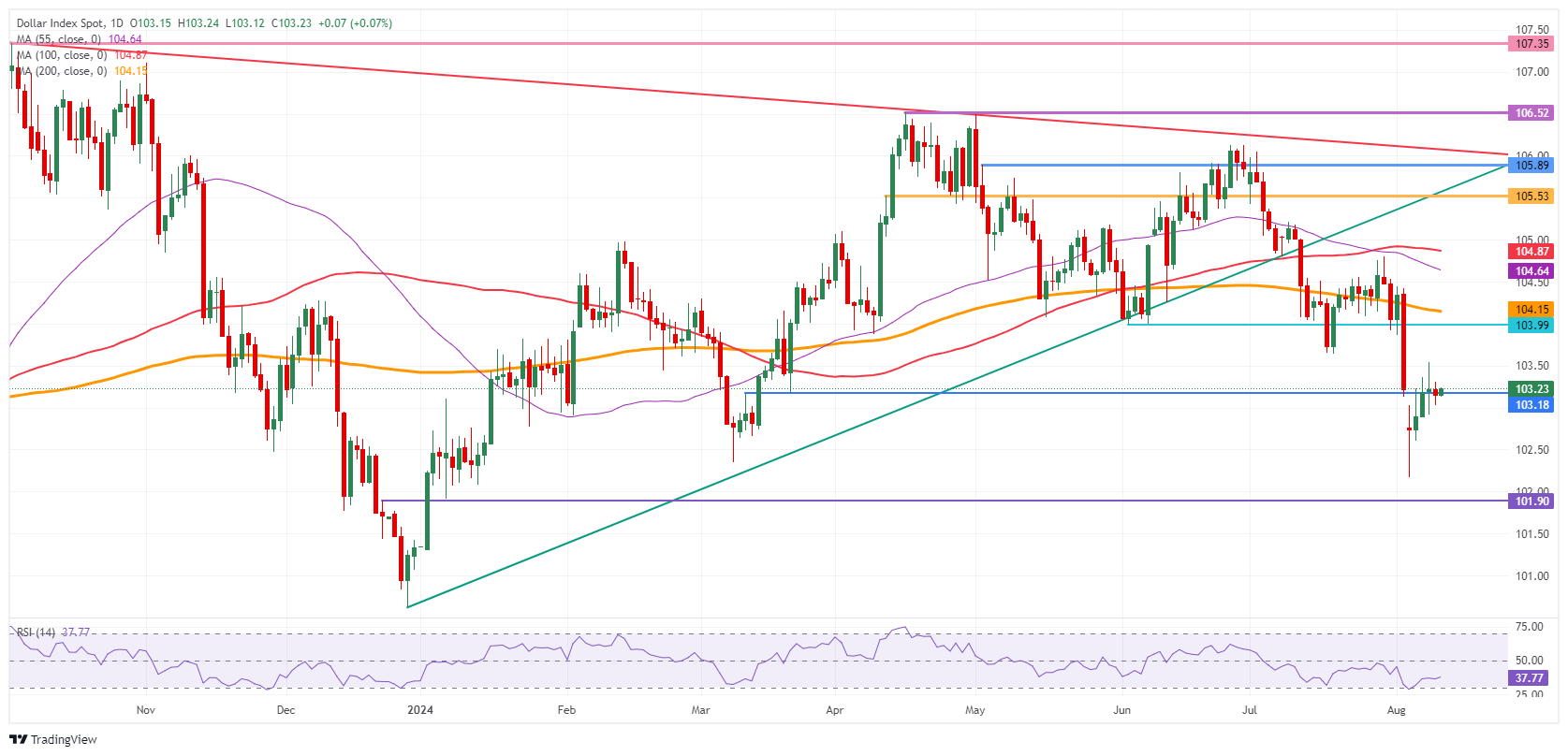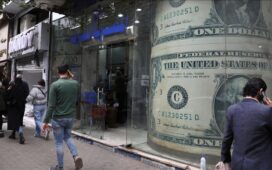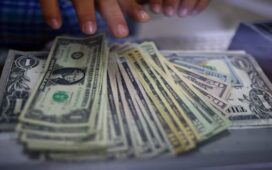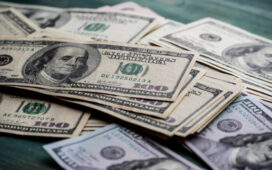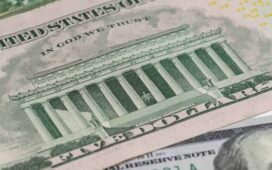- The US Dollar is flat to marginally gaining against most major peers.
- All eyes are on the US inflation print for July being released on Wednesday.
- The US Dollar index resides near a key level, and a substantial move could be seen later this week.
The US Dollar (USD) has a soft opening this week, with no real outliers on the quote board on Monday. Traders are taking a clean sheet and have deemed last week’s events as water under the bridge. All eyes will be on the US Consumer Price Index (CPI) for July, which is scheduled for Wednesday.
On the economic data front, it is a calm start to the week, with the US Treasury heading back to markets to auction some shorter-term bills. As such, it is nothing special, though with yields having moved quite a lot last week, traders and markets will be cautious if the bond market hits that snapping point when prices could collapse again. Besides the US CPI, the US Retail Sales data for July scheduled for Thursday will be the last important data point this week.
Daily digest market movers: CPI main event later this week
- Although the week has started very calmly, the US Dollar is stronger by 0.5% against the Korean Won (KRW) and the Japanese Yen (JPY) in early European trading.
- Bloomberg reports that in a column on Friday, the People’s Bank of China (PBoC) reported that the PBoC will keep a close eye on the potential rate cuts from the US Federal Reserve (Fed) and will act accordingly to keep the Yuan (CNY) stable against the US Dollar (USD). That could mean substantial devaluations for the CNY once the US Dollar devalues on the back of interest rate cuts from the Fed in order to catch up on the move.
- At 15:30 GMT, the US Treasury will allocate a 3-month and a 6-month bill.
- The US Monthly Budget Statement for July is expected at 18:00 GMT. Expectations are for a deficit of $254.3 billion, coming from a $66 billion deficit.
- Equity markets are going for a calm start to the week. Most major indices are in the green by less than 0.5%.
- The CME Fedwatch Tool shows a 53.5% chance of a 25 basis points (bps) interest rate cut by the Fed in September against a 46.5% chance for a 50 bps. Another 25 bps cut (if September is a 25 bps cut) is expected in November by 42.1%, while a 48.0% chance for a 50 bps cut and 9.9% for a triple rate cut are being pencilled in for that meeting.
- The US 10-year benchmark rate trades at 3.96% after popping above 4.00% briefly on Thursday.
US Dollar Index Technical Analysis: Orbiting around one level
The US Dollar Index (DXY) is still trading at that key level since last week, when itwas unable to close above it and continue its recovery. Everything will now depend on the inflation report on Wednesday to move the needle forward. Either the report is disinflationary, and the US Dollar eases further, or there is a pickup in inflation and September starts to look doubtful for an initial interest rate cut.
Still, the first level to recover, which gains importance every day, is 103.18, a level held on August 2 though snapped on August 5 in the Asian hours. Once the DXY closes above that level, next up is 104.00, which was the support from June. If the DXY can return above that level, the 200-day Simple Moving Average (SMA) at 104.15 is the next resistance to look out for.
On the downside, the oversold condition in the Relative Strength Index (RSI) indicator has eased in the daily chart and holds room again for a small leg lower. Support nearby is the March 8 low at 102.35. Once through there, pressure will start to build on 102.00 as a big psychological figure before testing 101.90, which was a pivotal level in December 2023 and January 2024.
US Dollar Index: Daily Chart
Risk sentiment FAQs
In the world of financial jargon the two widely used terms “risk-on” and “risk off” refer to the level of risk that investors are willing to stomach during the period referenced. In a “risk-on” market, investors are optimistic about the future and more willing to buy risky assets. In a “risk-off” market investors start to ‘play it safe’ because they are worried about the future, and therefore buy less risky assets that are more certain of bringing a return, even if it is relatively modest.
Typically, during periods of “risk-on”, stock markets will rise, most commodities – except Gold – will also gain in value, since they benefit from a positive growth outlook. The currencies of nations that are heavy commodity exporters strengthen because of increased demand, and Cryptocurrencies rise. In a “risk-off” market, Bonds go up – especially major government Bonds – Gold shines, and safe-haven currencies such as the Japanese Yen, Swiss Franc and US Dollar all benefit.
The Australian Dollar (AUD), the Canadian Dollar (CAD), the New Zealand Dollar (NZD) and minor FX like the Ruble (RUB) and the South African Rand (ZAR), all tend to rise in markets that are “risk-on”. This is because the economies of these currencies are heavily reliant on commodity exports for growth, and commodities tend to rise in price during risk-on periods. This is because investors foresee greater demand for raw materials in the future due to heightened economic activity.
The major currencies that tend to rise during periods of “risk-off” are the US Dollar (USD), the Japanese Yen (JPY) and the Swiss Franc (CHF). The US Dollar, because it is the world’s reserve currency, and because in times of crisis investors buy US government debt, which is seen as safe because the largest economy in the world is unlikely to default. The Yen, from increased demand for Japanese government bonds, because a high proportion are held by domestic investors who are unlikely to dump them – even in a crisis. The Swiss Franc, because strict Swiss banking laws offer investors enhanced capital protection.

